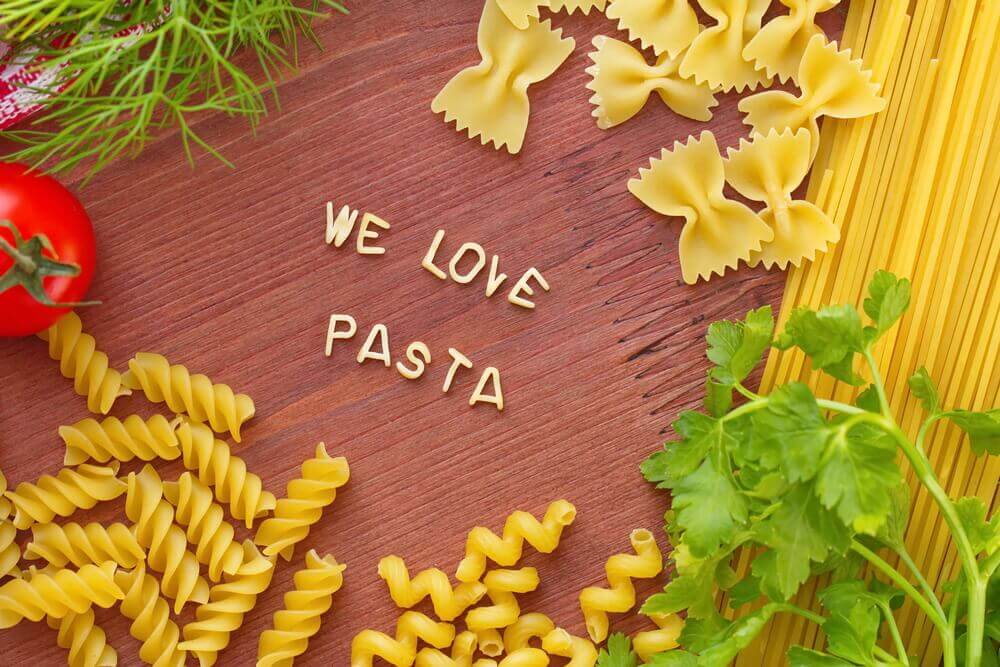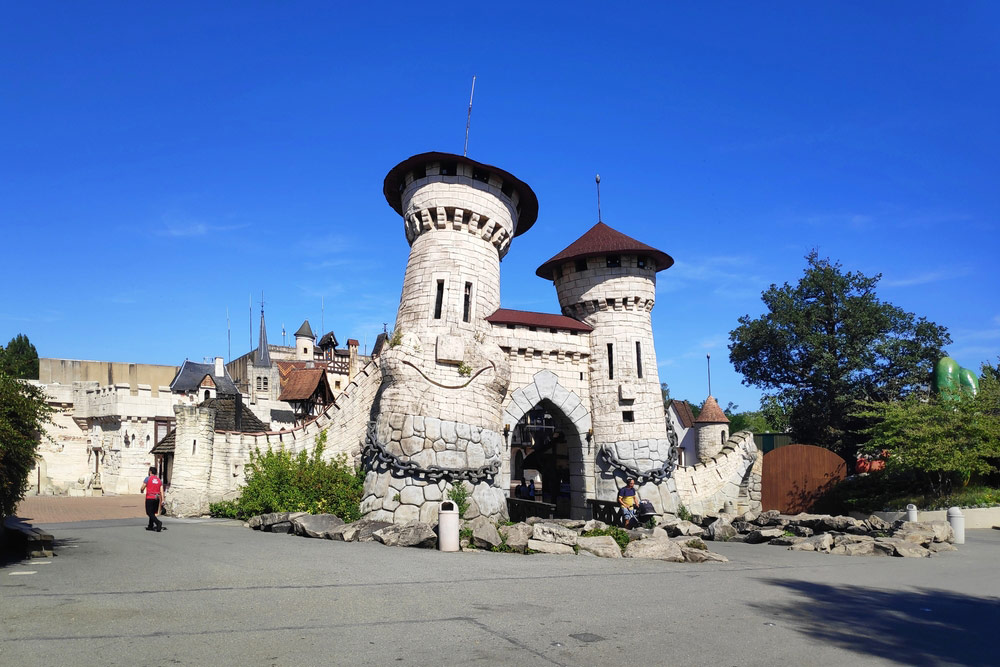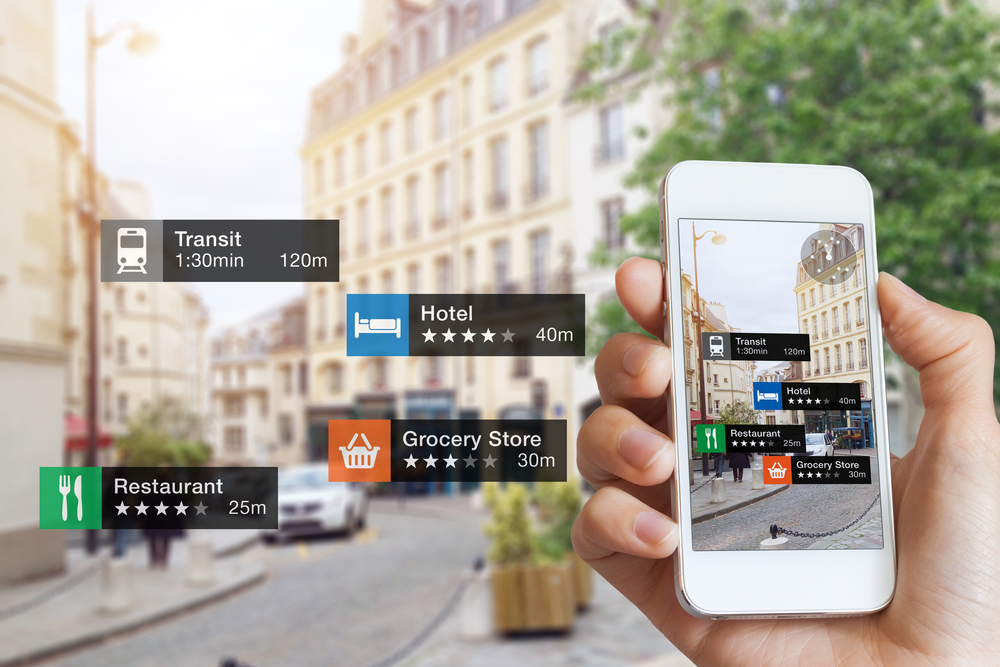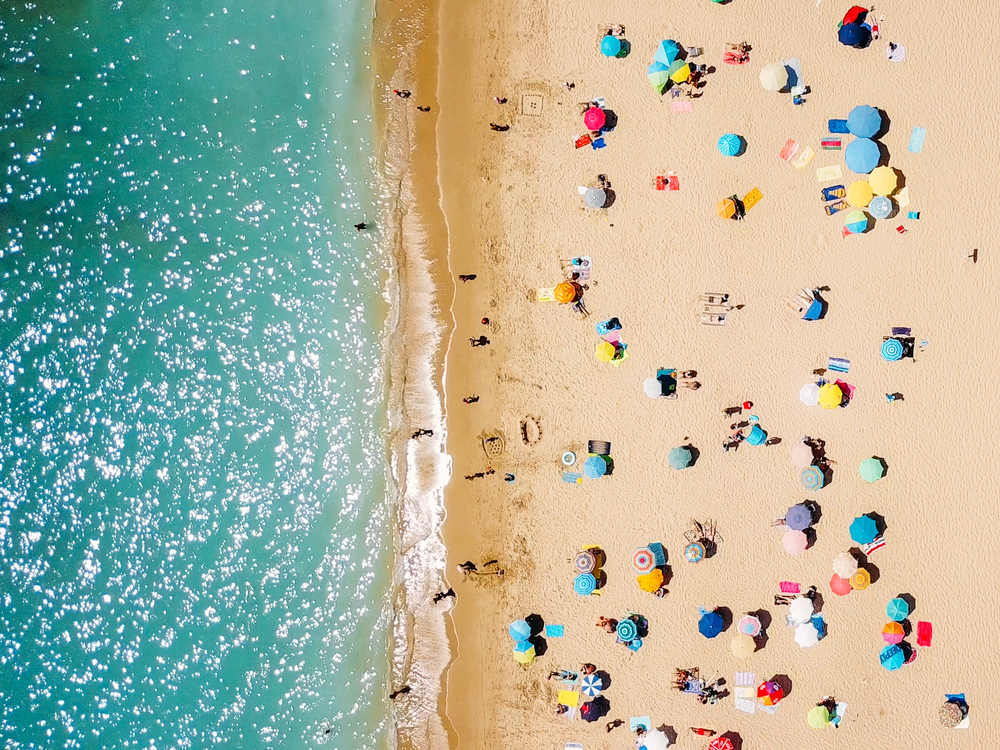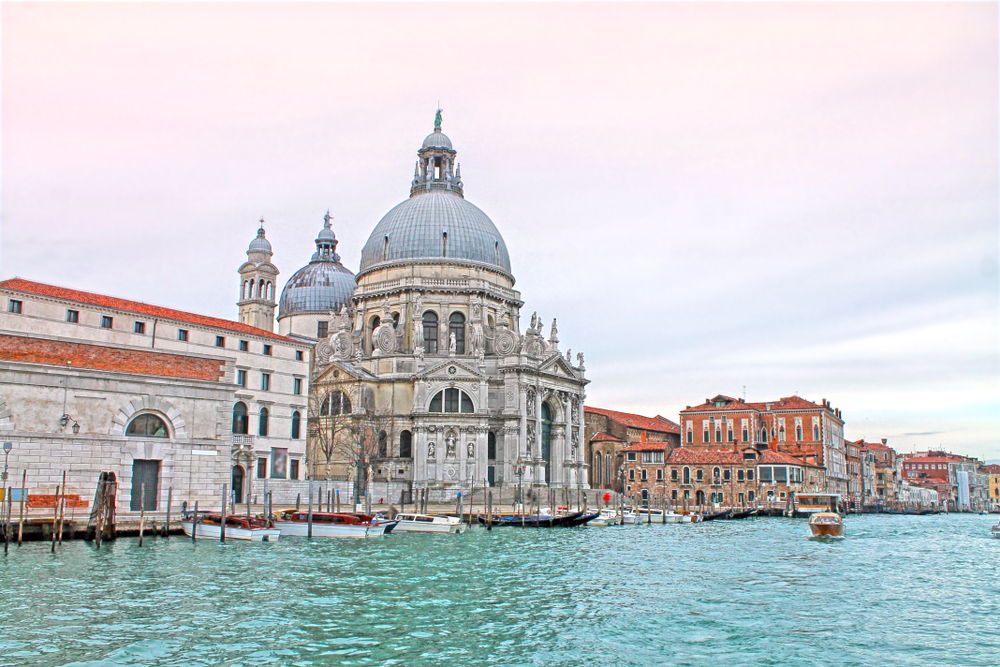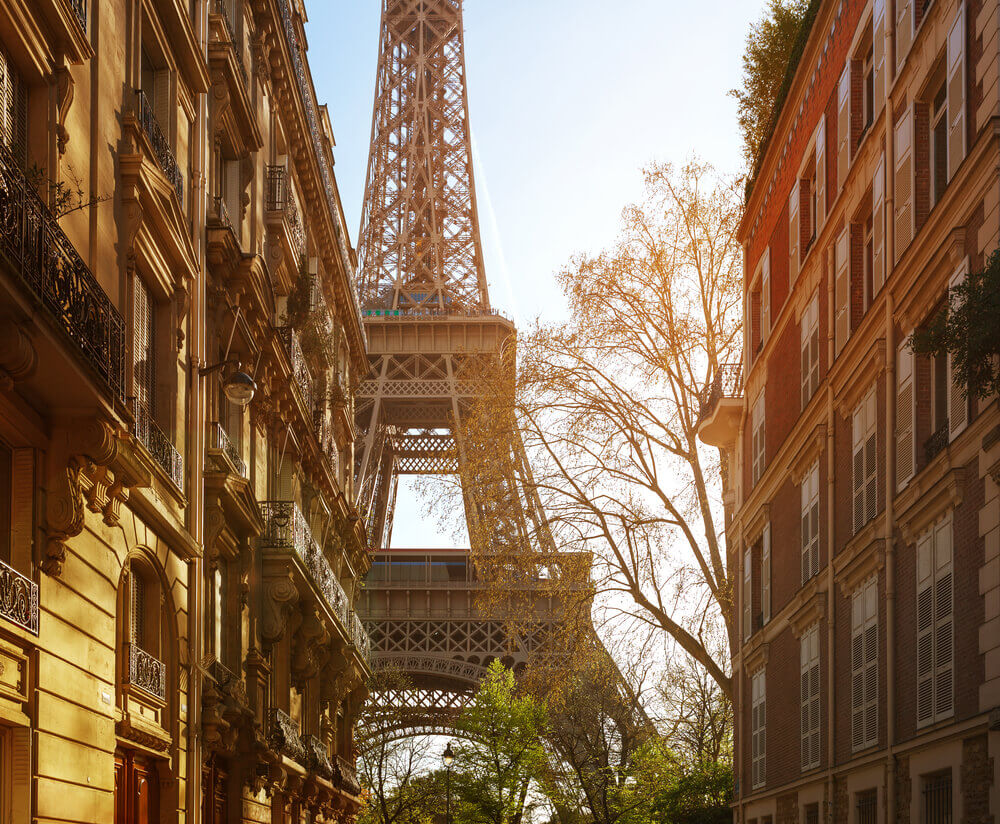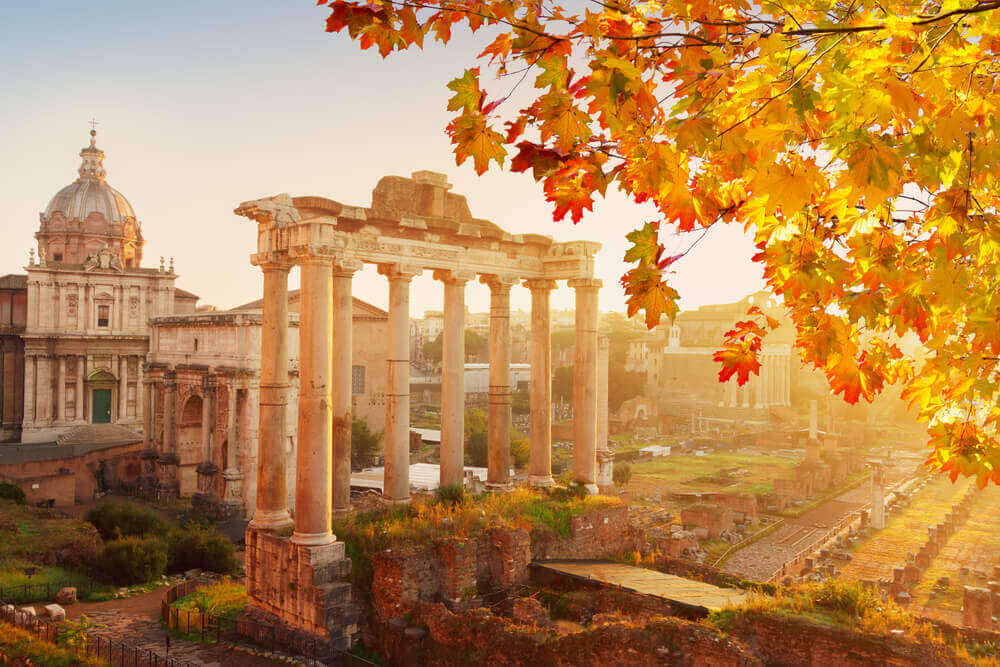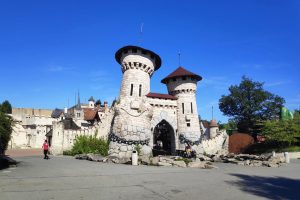Anyone out there who loves eating AND loves traveling? This pasta tour is for you, and our itinerary planner will help you plan all the stops for you to find the best food! Pasta has a diverse history and has gone through many changes across many regions, but today when you hear the word “pasta” your first thought will probably be Italian food. We’re not arguing with you – there’s a whole world of pasta worth exploring there! These attractions in Italy will be an adventure for your eyes, your feet, and your stomach.
Hasta la pasta, baby!
PASTA: WHAT’S IN A NAME?
Traveling to different places and trying every type of pasta is a great way to experience the best attractions in Italy. It turns out you can infer a lot about a type of pasta from its name! Usually, the name is borrowed from an idea or an object it looks like. Word endings implying the size and other details of the pasta are then added. Some examples include -ine or -elle which mean ‘little’, -oni meaning ‘large’, and -acci meaning ‘rugged’ or unequal.
The name for spaghetti evolved as the plural form of the Italian word “spago,” meaning ‘little string’.
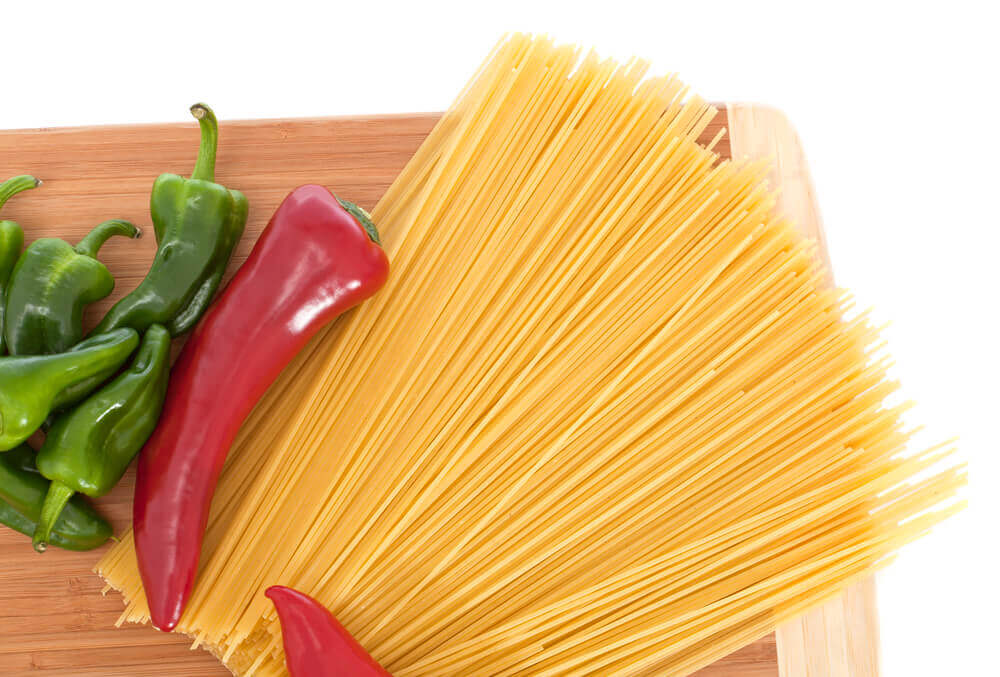
Stringozzi is supposed to resemble shoelaces!
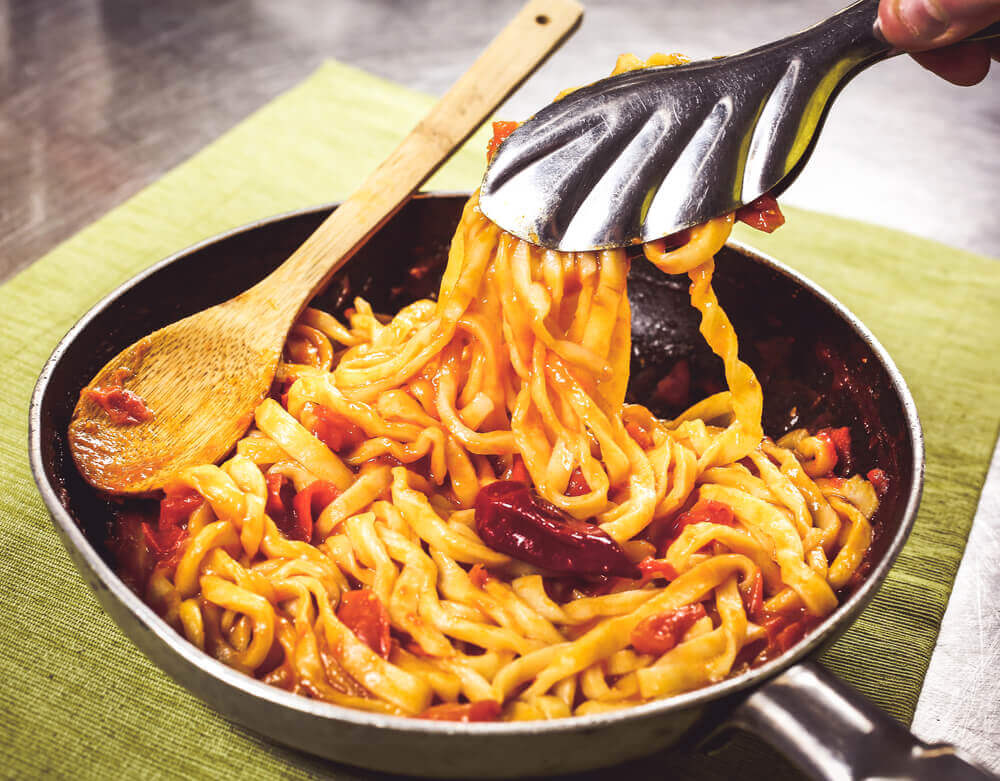
Conchiglioni is the largest form of the famous conch shell-shaped pasta. It’s designed to hold larger pieces of meat like chunks of sausage or lamb ragu, and heavier cheeses like ricotta. You know what to do 😉
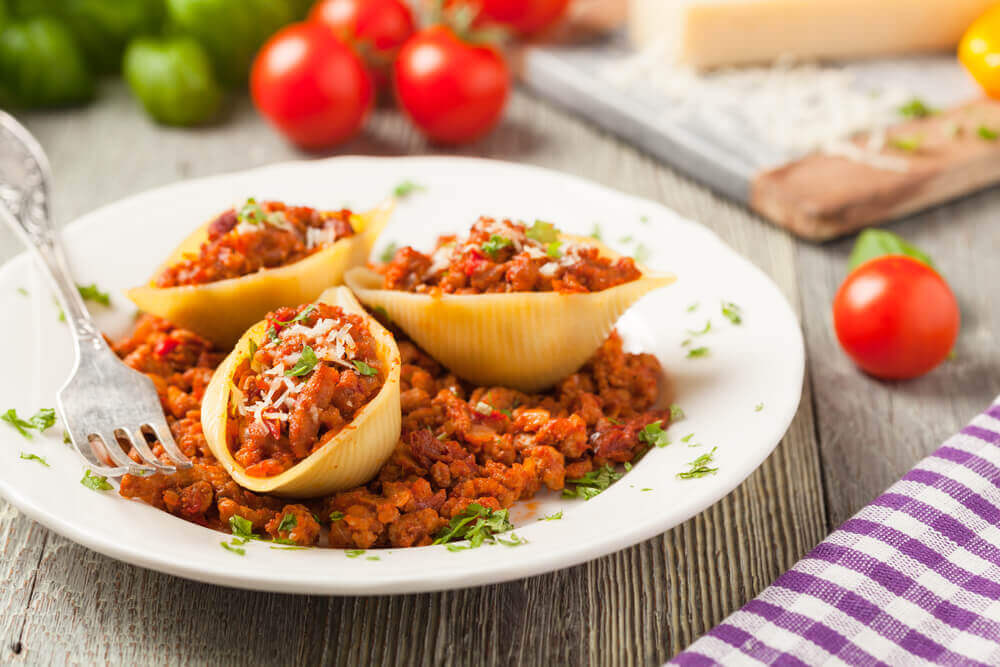
Calamarata is similar in shape to cooked squid, which is called calamari.
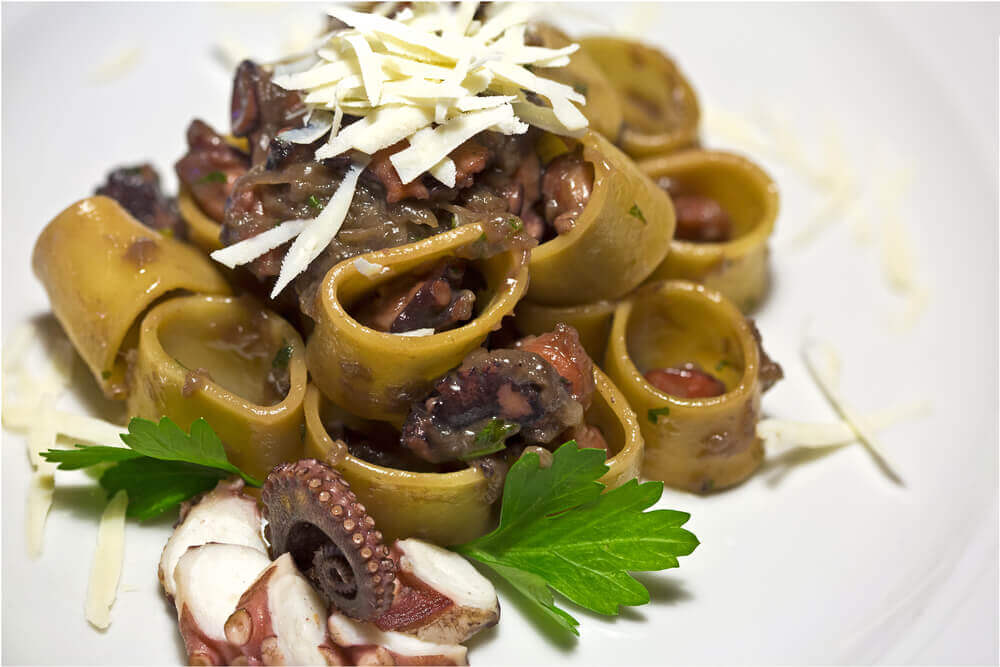
Gemelli, which has two tubes wrapped around each other, shares a root with the word for ‘twins’.
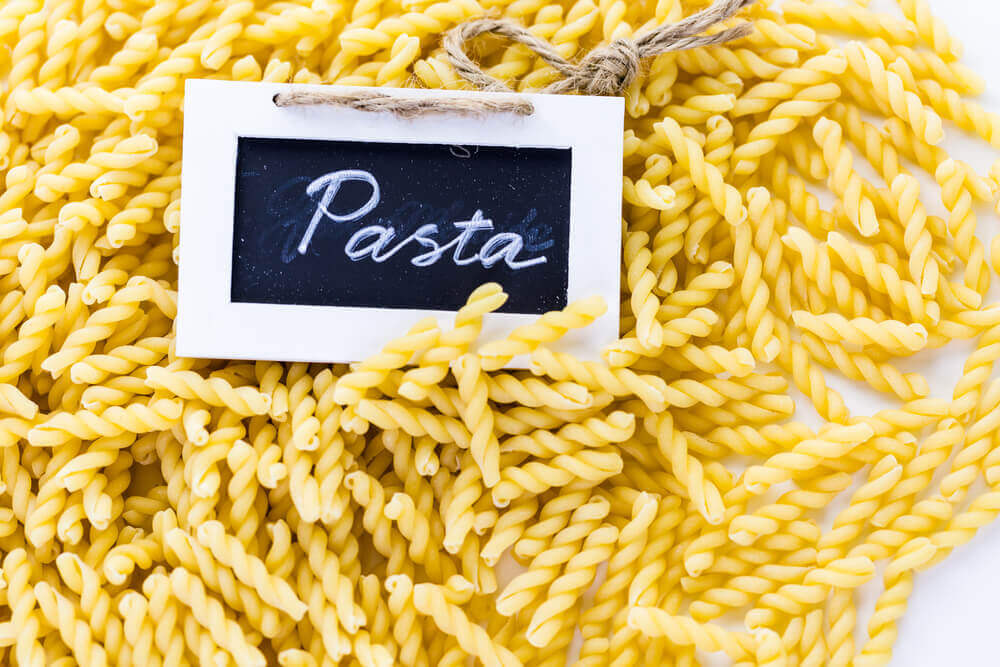
Penne is named after quill pens!
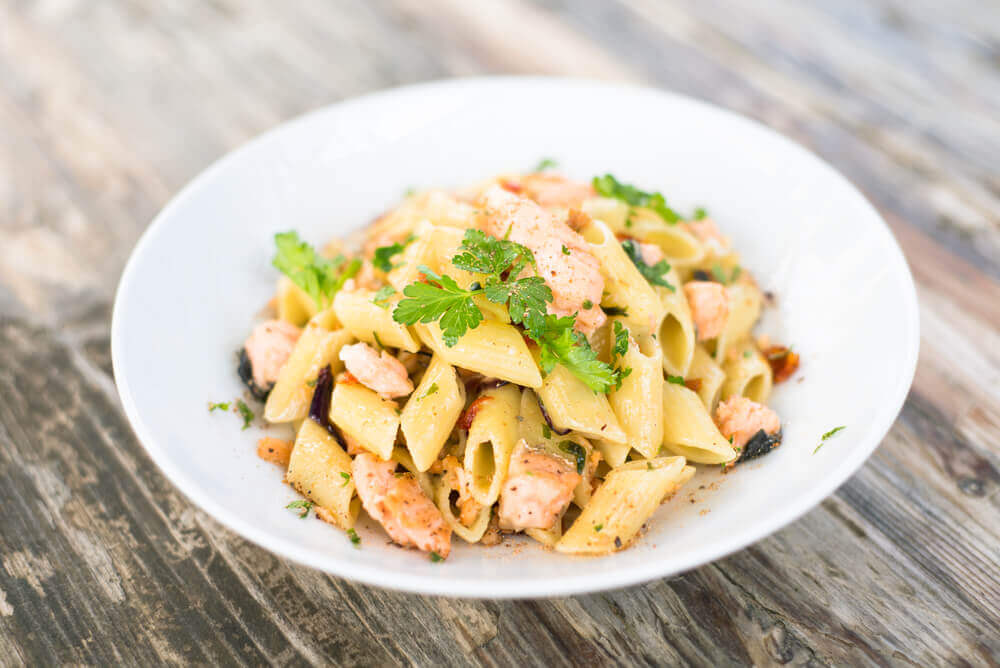
Strozzapreti actually translates to ‘priest-choker’, and was designed to make fun of the hypocritical gluttony and wastefulness of the church in medieval times. The shape is like that of a twisted rope.
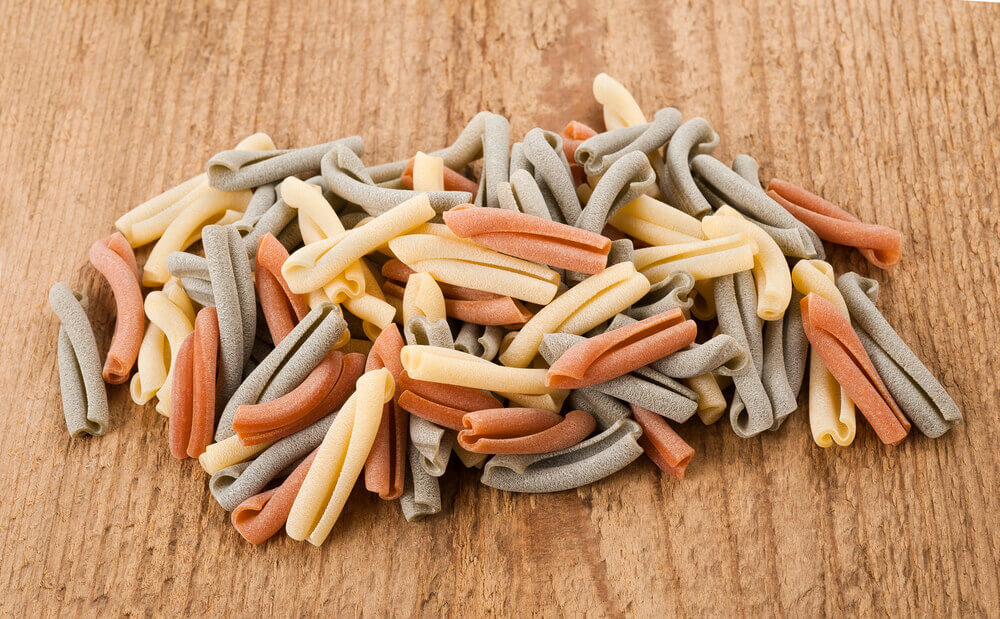
Mafalde pasta is named after a Princess! Specifically, the Princess Mafalda of Savoy.
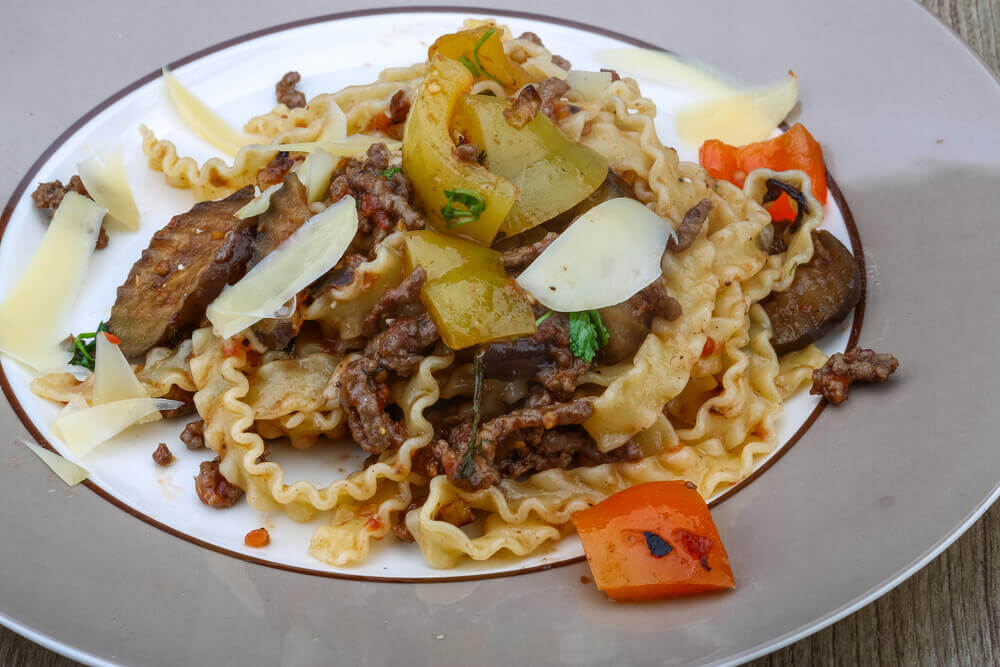
PASTA: WHERE TO FIND IT & HOW TO EAT IT!
Ziti pasta is from the island of Sicily, which is also one of the most colorful European destinations. You must visit at least once in your life – even better if it’s during the summertime. This dish has long been a local wedding tradition. With hollowed centers and often ridged sides, these noodles are capable of holding ALL of the pasta toppings, which makes a hearty meal for large Italian families. Its name refers to the young couples on their way to be married, and Italians still debate if it was intended to be named after little girls, ‘zita’, or little boys, ‘ziti’ – it might even be both! If you can snag an invite to a wedding and stay long enough for the food, you’ll get to enjoy two of the best attractions in Italy at once.
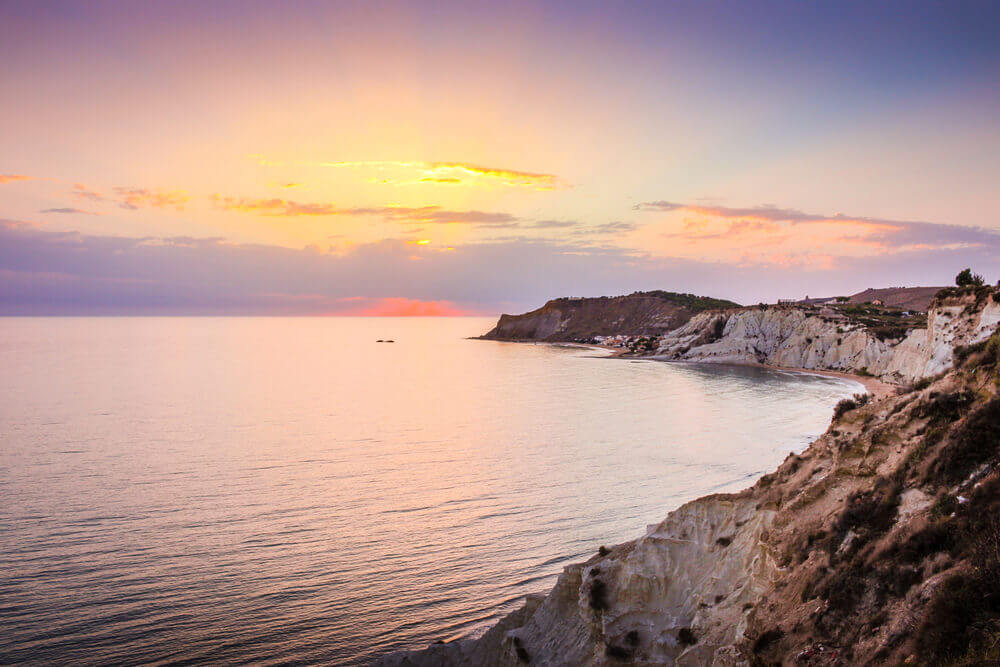
An art as much as a food, Gigli pasta comes from the Tuscany region. It’s both shaped like and named after the lily flower which was once the crest of the local government and a symbol on currency. It is meant to be as pleasing to the eye as it is to the palate by resembling a bouquet of flowers. Most often, it’s served with heavy meat-filled and cream-based sauces because of its ability to catch thicker substances.
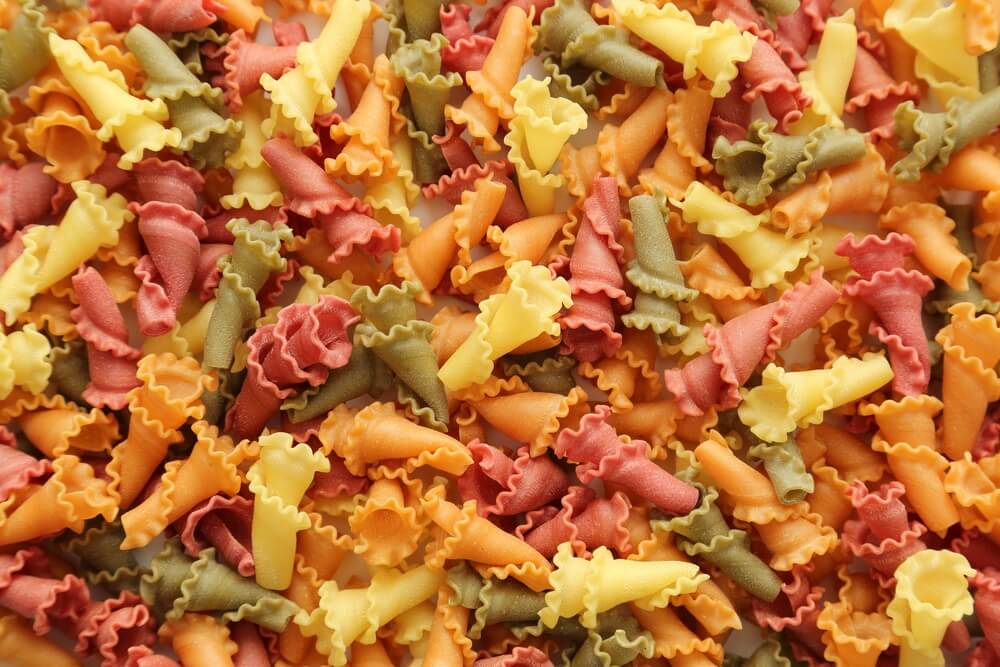
Orecchiette pasta is shaped like ‘little ears’. It was designed to scoop up the rich sauce variety enabled by the thriving and diverse agriculture available in the Puglia region.
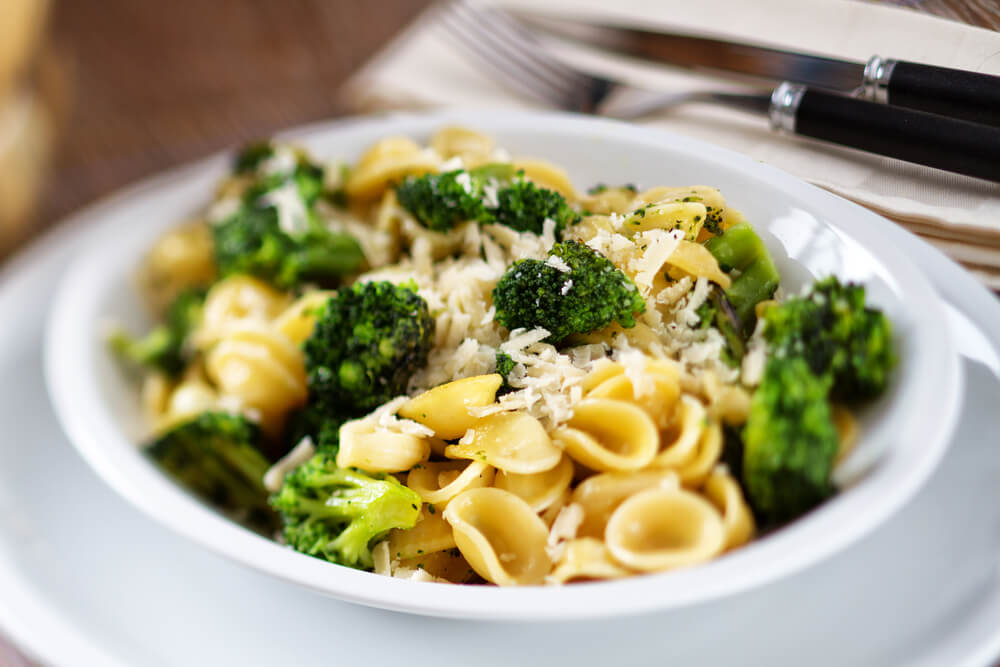
The Campania region includes popular coastal towns such as Naples, Amalfi, and the island of Capri. Its cuisine revolves around Mediterranean flavors, and is heavy in seafood and olives. Linguine con le Vongole (linguine with clams) is a popular dish.
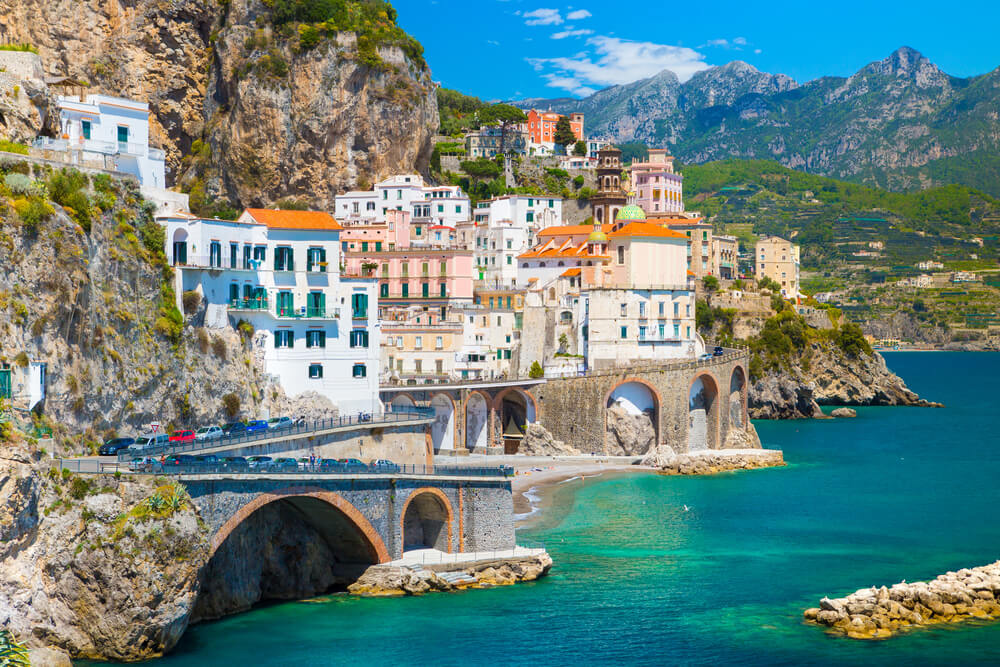
SAUCES: WHERE TO FIND & HOW TO EAT THEM!
Marinara sauce: the modern-day version of this sauce that we all know and love originated in Naples, but the tomato base was only possible after the crop arrived in Italy from the “new world.” Since Naples is a major port for trade, it was one of the first places in Europe to receive foreign goods. The sauce is named after the mariners who brought it across the seas, giving us one of the most delicious attractions in Italy!
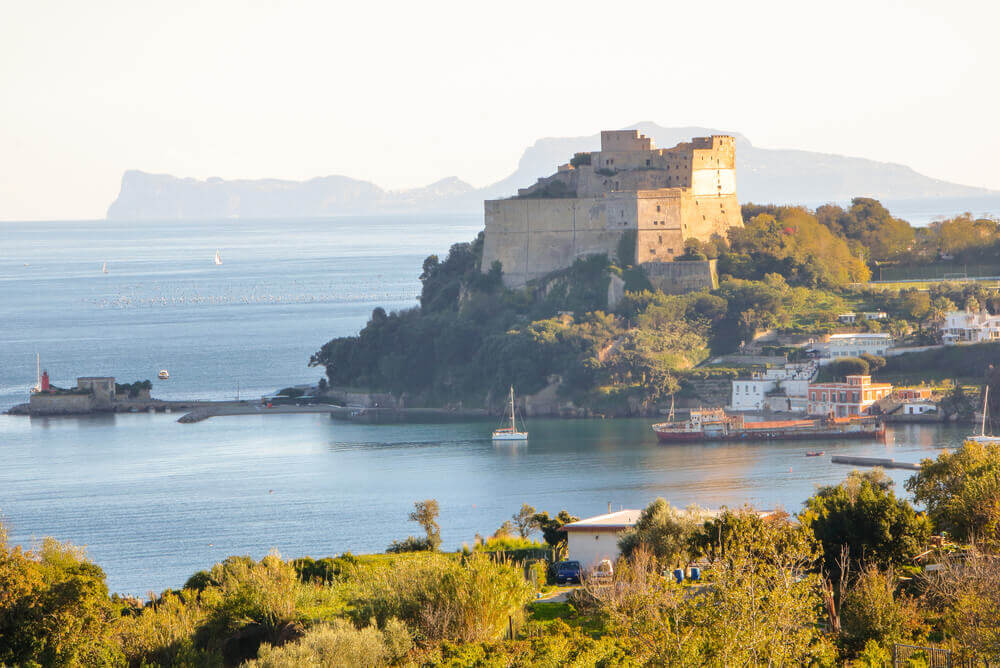
It should come as no surprise that Bolognese sauce originates around Bologna. Since this region is inland and rich with pastures, the cuisine incorporates farm animals, hunted animals, and root vegetables such as those commonly used in this widely loved sauce.
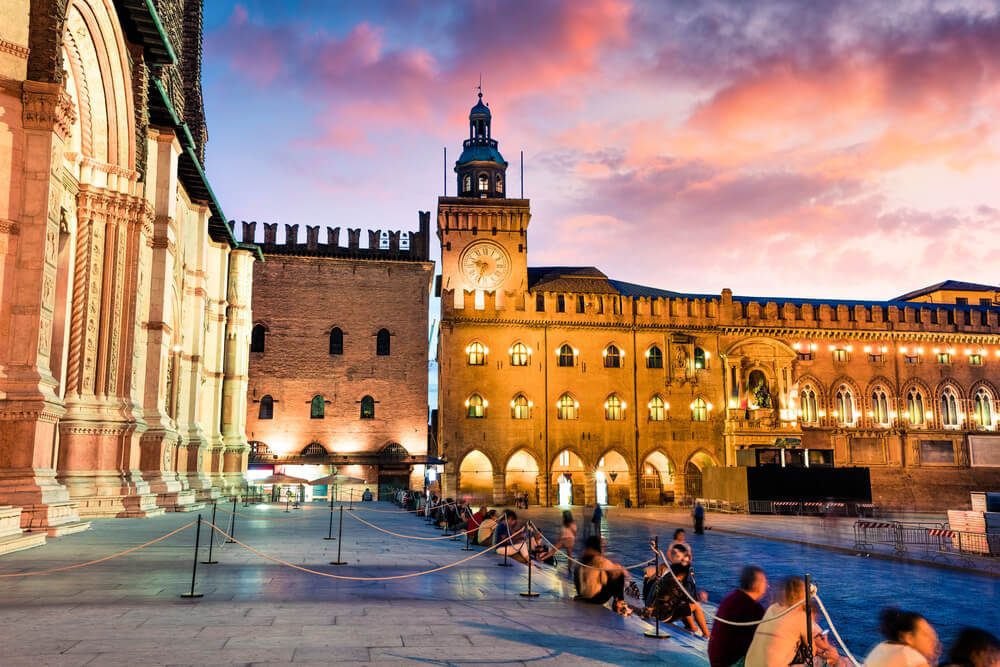
Though Pesto sauce has many varieties, its famous reputation comes from the coastal Liguria / Genoa region. The geography here is a challenge for farming, but the pine trees and basil flourish. Heavy usage of pine nuts and basil makes pesto one of the most unique and luckily edible attractions in Italy. Trofie pasta is native to the region, and it twists and turns to catch the oil-heavy sauce. Another native pasta called Crosetti is shaped like coins so that aristocrats could stamp their family crests into the surface!
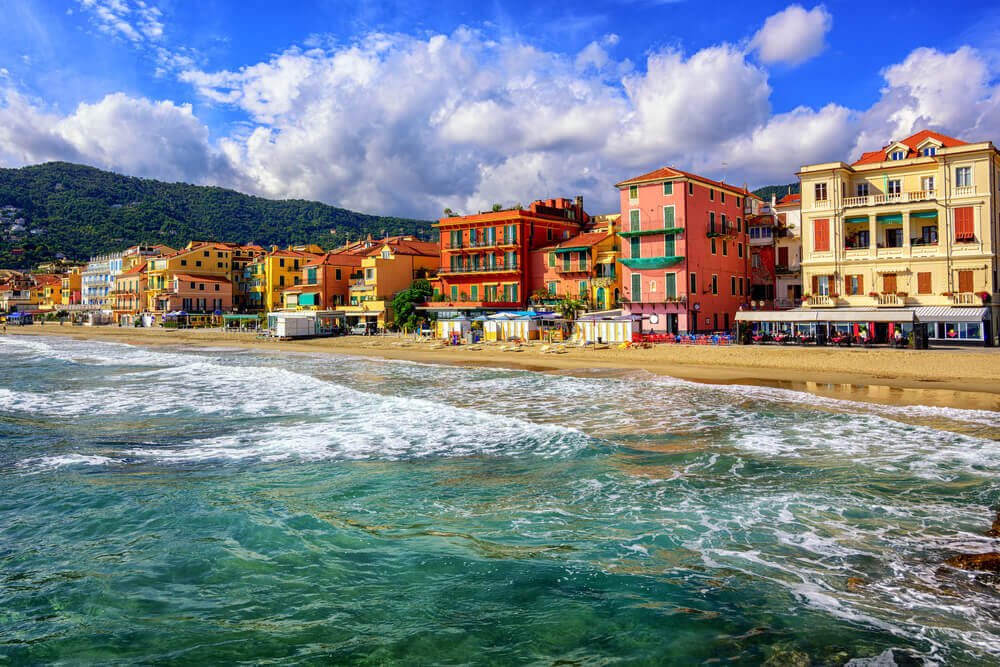
Arrabbiata sauce comes from the central Lazio region, and is based off the Italian word for ‘anger’. Local peppers used for the sauce give it a spicy quality which earned it this name! Anger may not be one of the nicest attractions in Italy, but the taste of it certainly is.
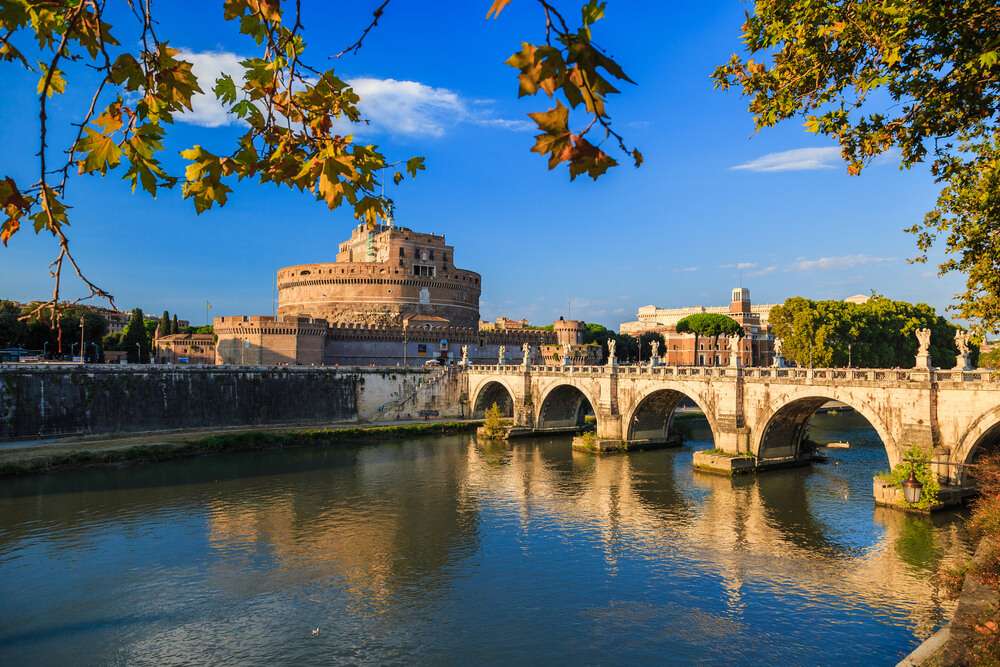
Now that you know what pasta to try and where to find it, you only have one job: go book that pasta tour to see all the best attractions in Italy

